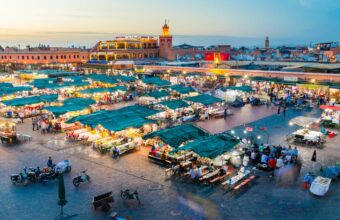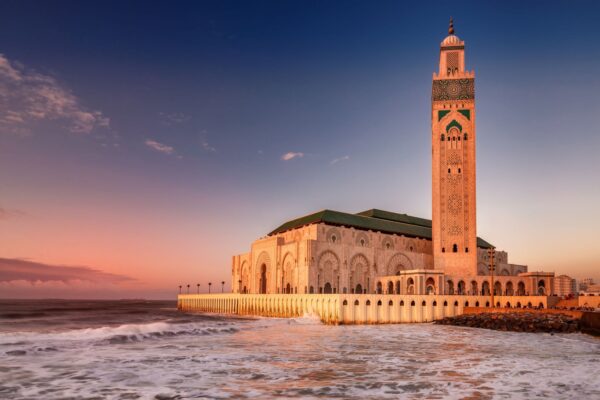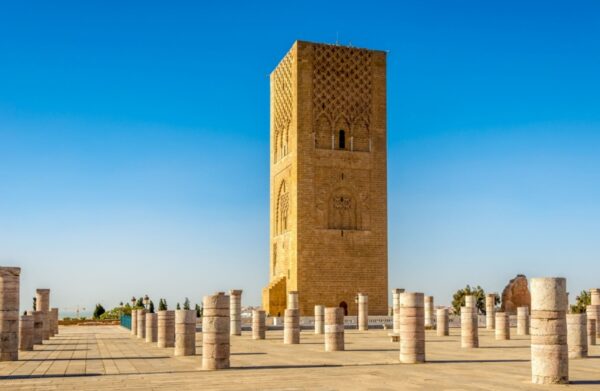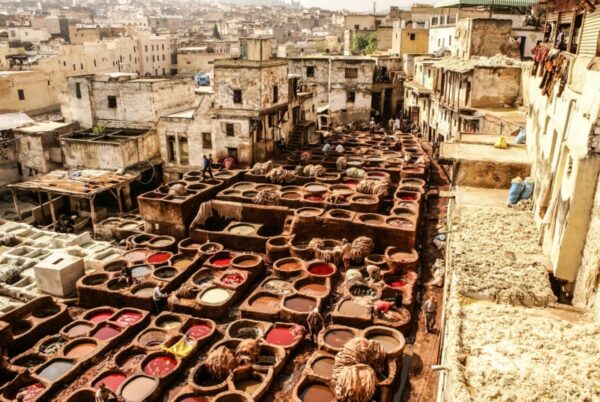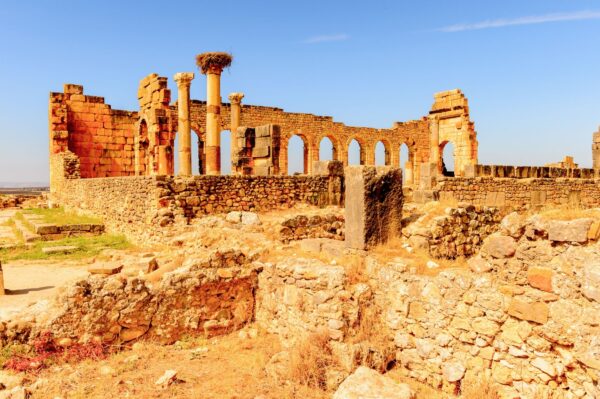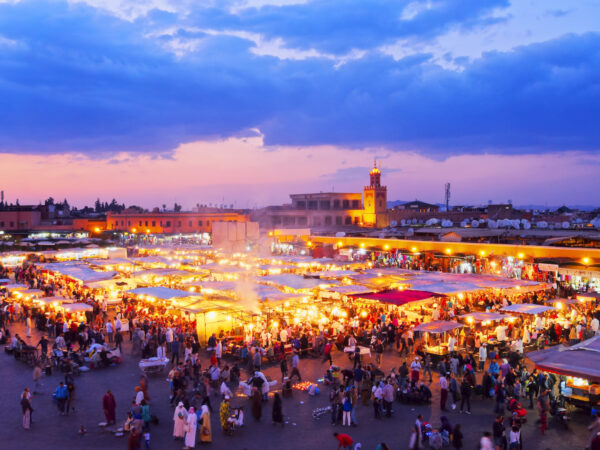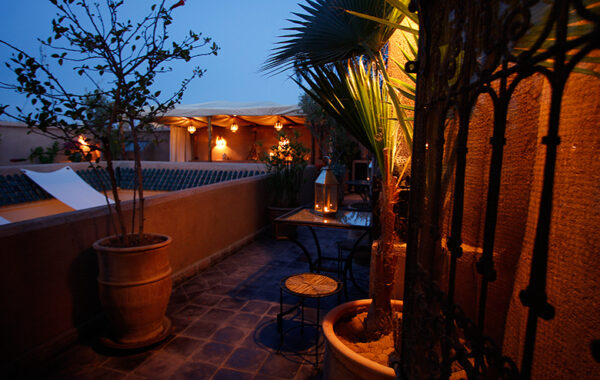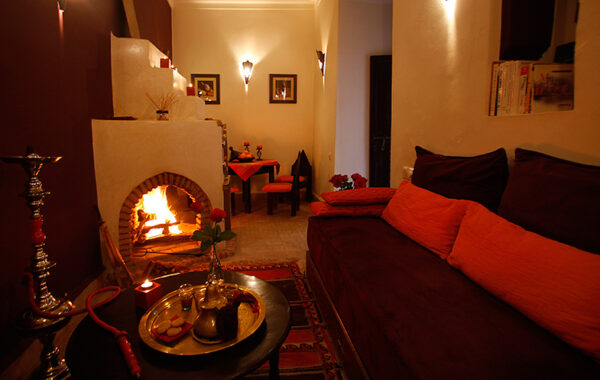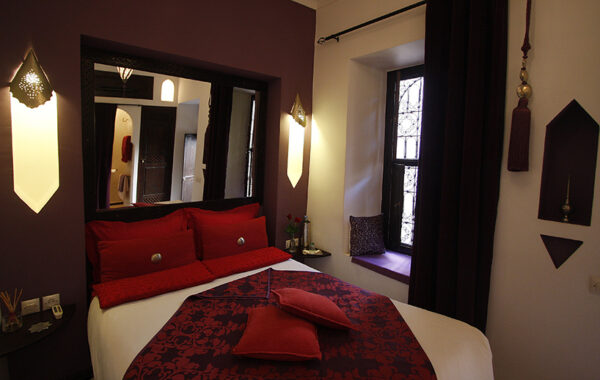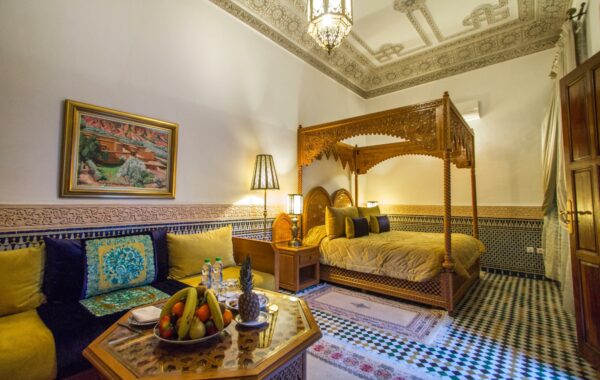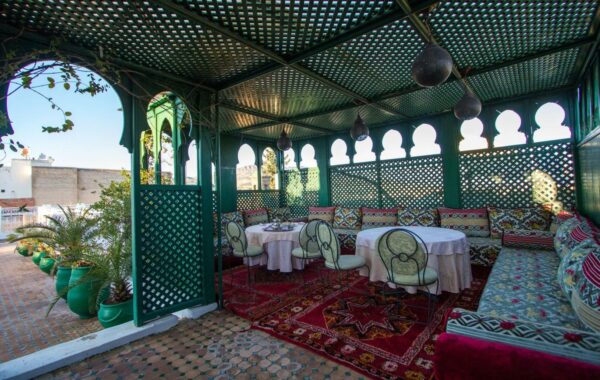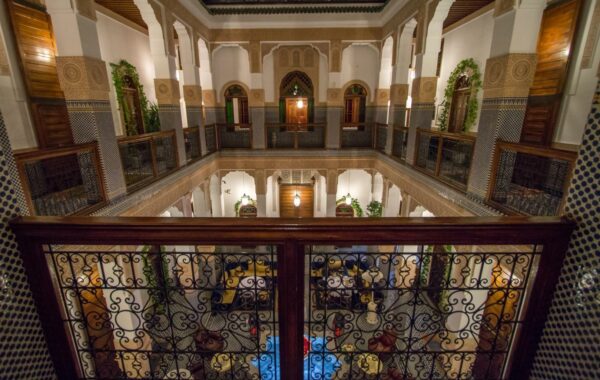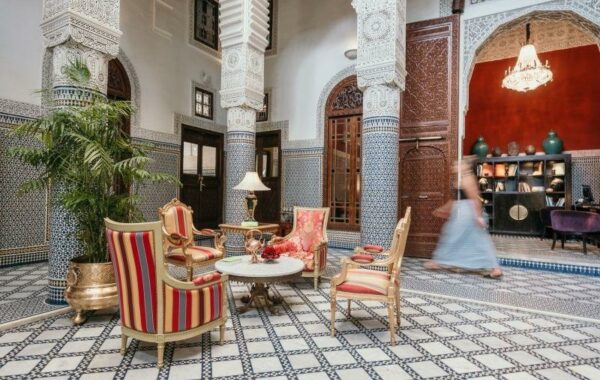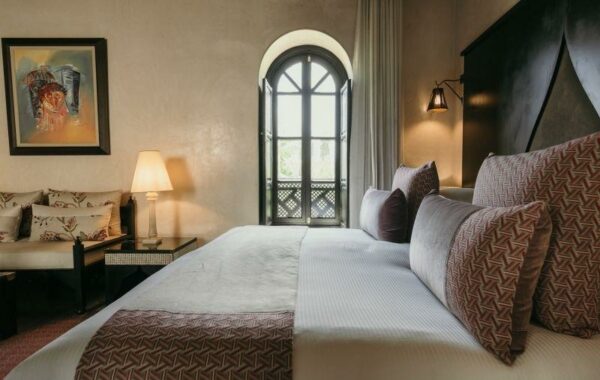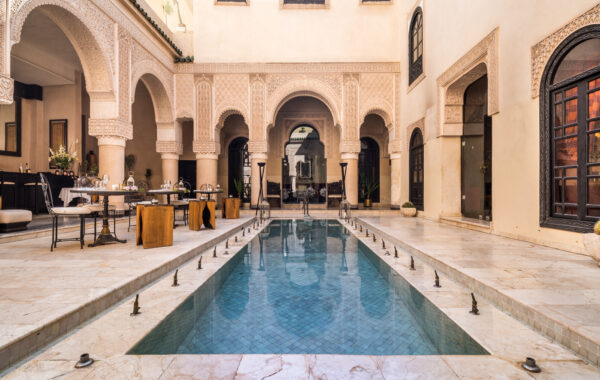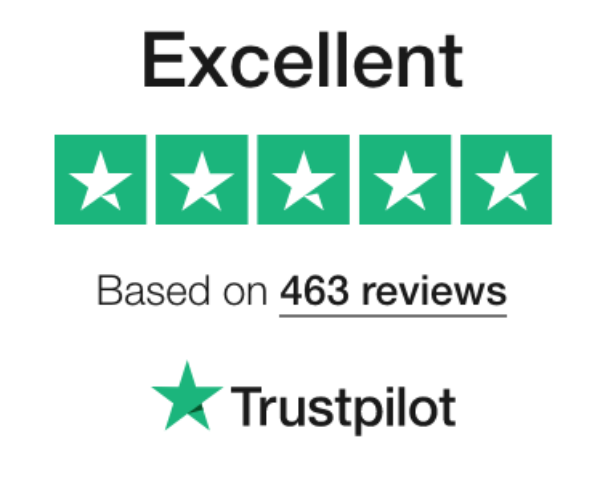Morocco's imperial cities
Delve into Morocco's history and culture
This route will take you on a journey through Morocco’s culturally rich past, exploring its complex history and ruling dynasties. Begin in the coastal city of Casablanca, before taking the one hour drive to the capital city of Rabat. This is the first of the four historic capital cities of Morocco and is home to Kasbah of the Udayas, the Berber-era royal fort that is surrounded by French-designed gardens. Visit the Roman ruins of Volubilis en route to the UNESCO World Heritage site of Meknes, with its imposing city walls and well-preserved architecture. Next on your route is the medieval city of Fes, where you can wind your way through narrow streets lined with ancient architecture. Your long drive to Marrakesh will be broken up with views of the Atlas Mountains, after which you can explore this famously cultural city.
Suggested itinerary

Mosques and architecture in Casablanca
Day 1 in Casablanca
Morocco’s largest city and the country’s economic hub sits beside the Atlantic Ocean and has a distinctively different vibe from other cities across the Kingdom. Often reputed as having “nothing to see,” the city is full of surprises for those who dare to venture beyond what they are told.
The city started as what’s known as the ancienne medina, previously known as Anfa, before the city developed during the French Protectorate. The art deco lined boulevards and architecturally diverse city centre were built during this era, making it an architecture-lovers dream, along with the port. The Habous area is known as the new medina, and was also developed during the Protectorate.
It’s not hard to miss the Hassan II Mosque, the largest in Africa and the third largest in the world, with a 210m tall minaret that punctures the city skyline. It’s also the only mosque open to non-Muslims in Morocco, but by guided tour only.
Don't miss
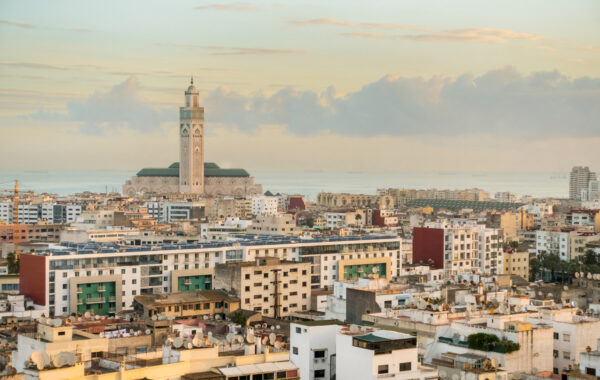
Take a street art tour in Casablanca
Exploring Morocco’s largest city is best done on foot, and a great way to do this is by checking out its growing street art scene, which adds a touch of colour to the city’s old white buildings, with the help of a tour guide.
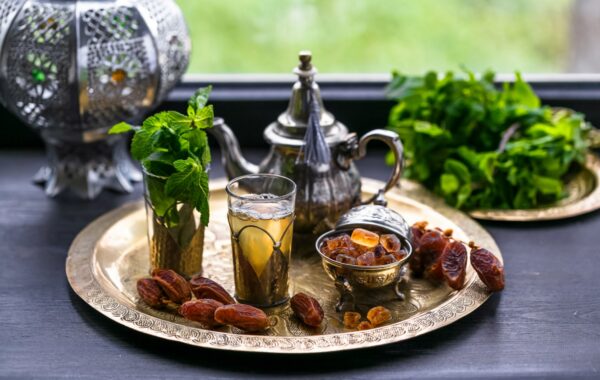
Have breakfast in Casablanca's modernist cafe
The former Villa Suissa designed by Jean-Paul Zevaco has been transformed into a trendy cafe belonging to the Paul chain of bakeries. Grab a seat inside to absorb the modernist architecture in all its glory and follow the sweeping staircase upstairs where the most divine bar awaits.

Rabat — Morocco's capital
Day 2 in Rabat
Although it’s the capital city of Morocco, Rabat is often just a half-day stopover on most itineraries. With wide avenues for walking from the old city through the art deco downtown, passing by the Parliament building, exploring the city on foot is enjoyable.
The capital perfectly blends modern architecture and sites (the Mohamed VI Contemporary Art Museum for one is well worth a visit with world-class exhibitions) with historical sites dating back centuries. Kasbah of the Udayas, the Berber-era royal fort sits overlooking the Atlantic Ocean, and the Chellah ruins on the banks of the Bou Regreg River have links to the Roman Empire.
The city is an unexpected treasure for those who dare to add a few extra hours or even a day to their itinerary. Nearby Salé, just across the Bou Regreg River receives few visitors and home to a lovely Koranic school where travellers often have the place to themselves to appreciate the architectural beauty.
Don't miss
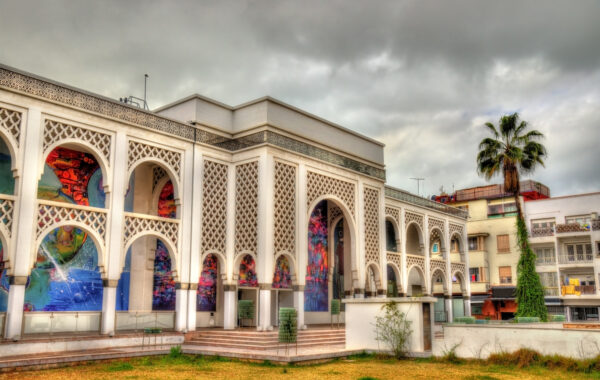
Explore modern art in Rabat’s Mohammed VI Museum
Experience modern and contemporary Moroccan culture at the Mohammed VI Museum in Rabat. Only opened in 2014, the stunning modern museum building itself took ten years to build, and inside it houses the works of Moroccan and international artists from the twentieth century onwards.
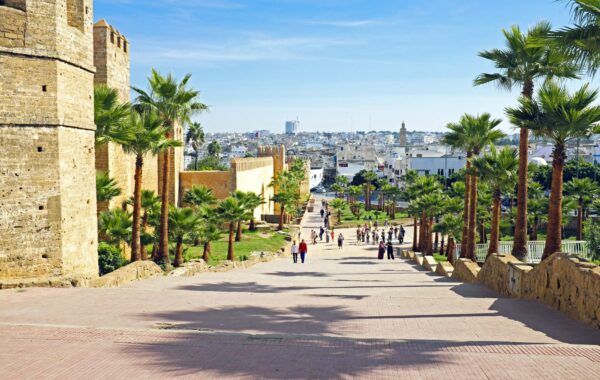
Take a street art stroll through Rabat
Large-scale murals by internationally acclaimed artists such as Okuda and local Moroccan artists dot Rabat, particularly in the centre thanks to the Festival Jidar, an annual street-art festival. Many installations are located in the downtown core making it easy to spot in between visiting historical sites.
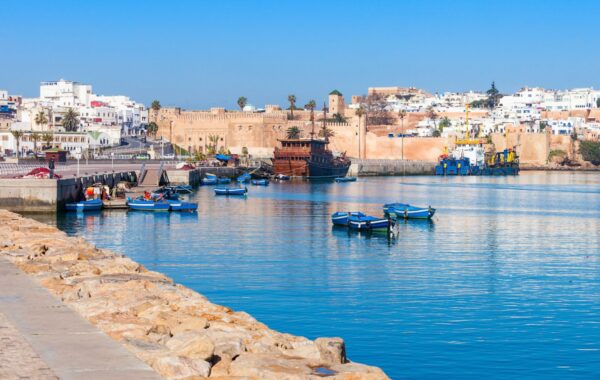
Sip mint tea overlooking Bou Regreg River
Just off the Andalusia Gardens in the Kasbah Udayas, the simple Café Maure serves sugary cups of mint tea and Moroccan patisseries with views of the Bou Regreg River. Water as small rowboats ferry locals between Rabat and neighbouring Salé.

Ancient Fes
Day 3 in Fes
Founded in the 9th century, the history of Fes is storied, with various dynasties passing through and making this their capital.
Home to the oldest university in the world, the city was once the centre of knowledge in the region. Thousands of families fleeing the Spanish Inquisition made Fes their home. The culinary and arts and crafts here are renowned across the Kingdom.
Behind closed doors, some of the finest palaces lie where the elite once resided and which open to the public or act as venues during the Fes Festival of Sacred Music.
Today the medina of Fes is the best-preserved medieval city in the Muslim world, with more than 9,000 alleyways and hundreds of workshops housing artisans producing handicrafts using traditional methods. Wandering here is an assault on the senses, but one that visitors tend to enjoy.
Don't miss
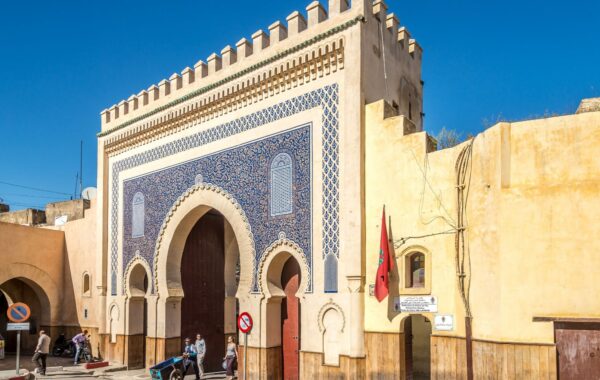
Hire an expert to explore Fes' alleyways
Start at the ornate Bab Boujloud city gate before wandering through the food markets, reaching the Bou Inania Medersa (a former Koranic school) to enjoy the Islamic architecture dating back centuries. Then admire artisans at work in their tiny ateliers — creating belts for kaftans and leather goods. Follow your senses to reach Place Seffarine where the metalsmiths hammer and solder brass goods before reaching the tanneries.
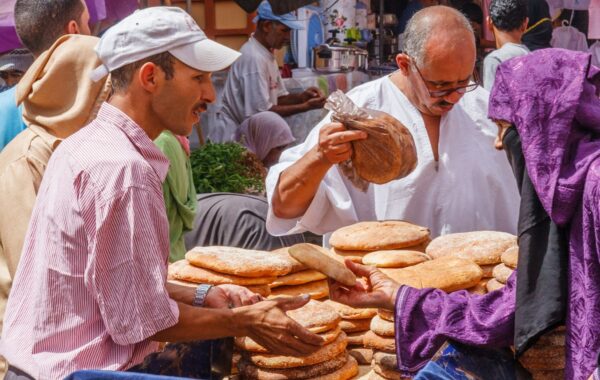
Grab a traditional Moroccan streetfood breakfast
Just inside Bab Boujloud lie food stalls serving up all kinds of streetfood goodness. Opt for a bowl of bissara soup made from broad beans and topped with olive oil, paprika and cumin, scooped up with a loaf of fresh bread from the community oven. Or, try a savoury msimen slathered in spreadable cheese — another favourite way to fuel up for the morning.

Imperial Meknes and ruins of Volubilis
Day 4 in Volubilis
Once one of the most remote outposts of the Roman Empire, partially-excavated Volubilis is an archaeologist’s dream. It’s a beautiful place to walk around and ponder what life must have been like in this bustling hillside city in the third century BC, when the settlement was developed on rich fertile grounds.
Today, the surrounding, rolling hills remain dotted with olive trees and wineries producing a huge range of red, white, rosé and gris that are largely drunk in Morocco itself. From the historical site, the Zerhoune mountain range is visible, with the nearby holy village of Moulay Idriss Zerhoune tucked within.
Don't miss
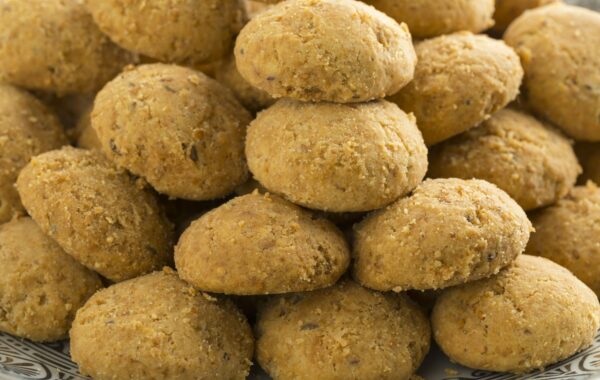
Bake Moroccan biscuits in the hillside town of Moulay Idriss
Escape the crowds with a visit to the charmingly picturesque hillside town of Moulay Idriss. The town is of national importance thanks to its religious history but still fairly quiet. It is welcoming to visitors and local guesthouses offer the opportunity to bake traditional Moroccan biscuits in community ovens.
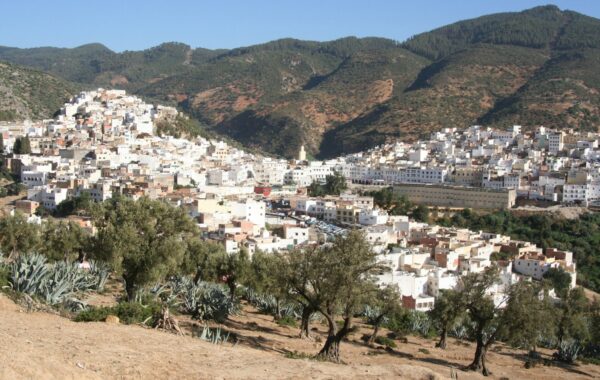
Choose a greener way to get to Volubilis
Five kilometres from Volubilis, Moulay Idriss Zerhoune is the closest town where travellers can spend the night near the ruins. While it’s no problem catching a grande taxi (a taxi that seats up to six people) and negotiating a rate in advance, opt for a donkey ride one way and let a local lead you there.

Explore Marrakesh's souqs and riads
Day 5–7 in Marrakesh
Marrakesh can be bewitching. Palaces, koranic schools, historical sites and mosques dating back centuries are tucked away next to contemporary designer showrooms and picture-perfect restaurants. Souks filled with brightly coloured textiles, richly-patterned pottery and tribal jewellery are among the treasures on offer in Marrakesh’s medina.
Perfectly manicured gardens, private collections featuring artworks and Moroccan artefacts, and roaming the interiors of centuries-old palaces are all great ways to fill a few days experiencing Marrakesh.
In fact, with new venues, restaurants and boutiques opening frequently, it’s easy to spend a week here and still not see everything or dine in every recommended restaurant. But given the sensory overload that awaits in the old city, time whiled away in a café, slowly watching the world go by is highly recommended. Once you’ve had your fill of the medina, go beyond the old city and explore Gueliz, the neighbourhood developed under French rule. It’s here that the contemporary art galleries and designer showrooms are located and where restaurants serving up cuisine from around the world – including Protectorate-era establishments recalling French brasseries – showcase a completely different side to Marrakesh live to the old city.
Don't miss
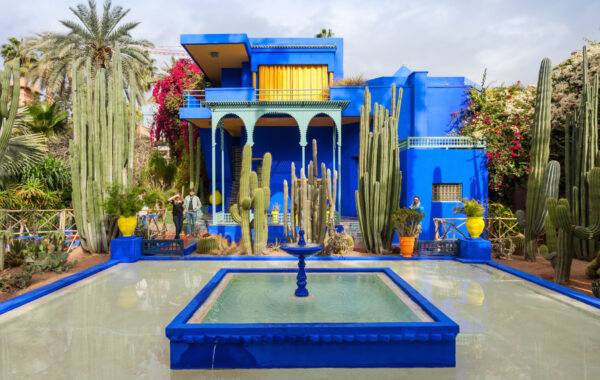
Get botanical in Marrakesh’s Majorelle Gardens
Seek some shade at the peaceful Majorelle Gardens in Gueliz, a neighbourhood in the heart of Marrakesh developed during the French protectorate era. The colourful and varied botanical garden also features a striking blue Cubist villa and is home to the Islamic Art Museum of Marrakesh and the Yves Saint Laurent Museum.
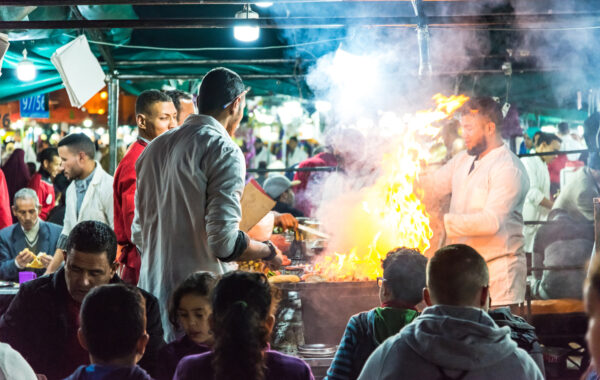
Sample street food in the Jemaa el Fna
As the sun sets, Jemaa el Fna comes to life with entertainers, street performers and food stallholders selling everything from sheep’s brain, snails and mixed grill. The ambience turns up as evening rolls on. Wander on your own or join a guided street food tour.
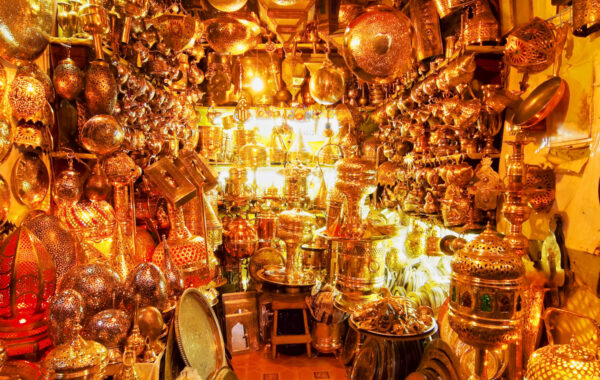
Get lost in Marrakesh’s soulful souks
In a city of countless winding alleyways and palaces centuries old, grab a local guide for a walking tour. You may discover the souks where items are still handmade, palaces with tales to tell, and gardens for a peaceful rest.
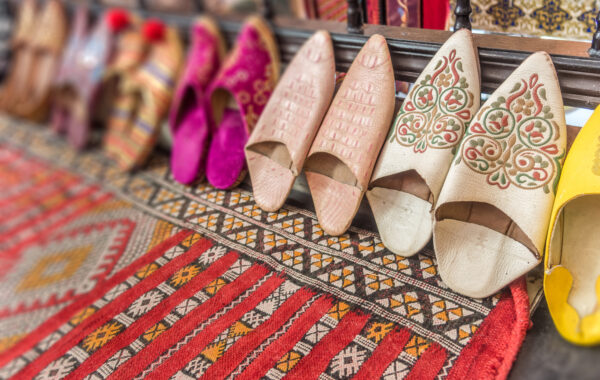
Design your own Moroccan slippers in Marrakesh
The souks are filled with colourful babouche slippers in a rainbow of colours, styles and sizes, but during a hands-on workshop organised by Atelier d’Ailleurs, guests can make a pair to suit their style. Accompanied by a master craftsman throughout the three-hour workshop, guests select the leather, cut, hammer, sew and select the colourful accessories to accompany the pair of slippers they take home at the end.
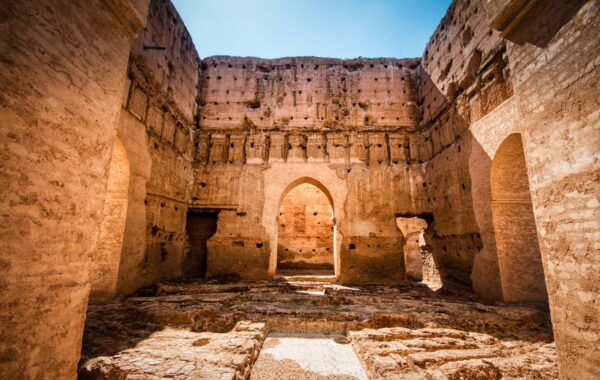
Trace history through Marrakesh's palaces
Start at the 16th-century Badii Palace, where opulence oozed during Sultan Ahmed el-Mansour’s rule, but today lies in ruins after it was looted. Next, head to the Bahia Palace, built in the late 1800s for Grand Vizier Si Moussa until it was eventually looted too in the early 1900s. The 20th-century Dar el Bacha housed the Pacha Thami el Glaoui during the French protectorate, before becoming an official residence post-independence. All offer an insight into Moroccan architecture.

Return to Casablanca and depart
Day 8 in Casablanca
Return to Casablanca for your onward flight.
Where to stay
Classic
Riad Boussa
A firm favourite among visitors to Morocco, Riad Boussa is located in the heart of the lively Marrakesh medina, providing a calm oasis amid the hubbub of the souk. Enjoy the shaded terrace, cosy lounges and comfort of the well appointed bedrooms, and then set back out again to continue exploring this fascinating city!
Superior
Riad Myra
Ideally located in Fes, in the heart of the Medina, this 4* equivalent hotel offers the traditional welcome of a Moroccan Riad with the elegance of original Moorish architecture, antique furniture and a terrace overlooking the beautiful city of Fes.
Deluxe
Riad Fès
Located in the ancient city of Fès, the Riad Fès hotel serves undying beauty and impeccable service in a warm atmosphere. Discover excellence and get immersed into a new world defined by elegance and exclusivity.
Book this itinerary
This route booked with one of our specialist tour operators would cost from $2,345pp. Pricing varies by accommodation class, and can be tailored to suit your budget.
Pricing is typically inclusive of hotels, transfers, meals, and all guided excursions and activities.
Other itineraries you might like
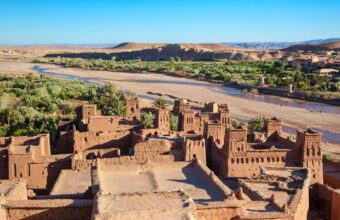
Classic Morocco
Imperial cities, nature and Berber culture
Approx. 11 days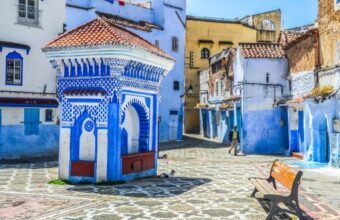
In-depth Morocco
A grand tour of Morocco's highlights
Approx. 14 days